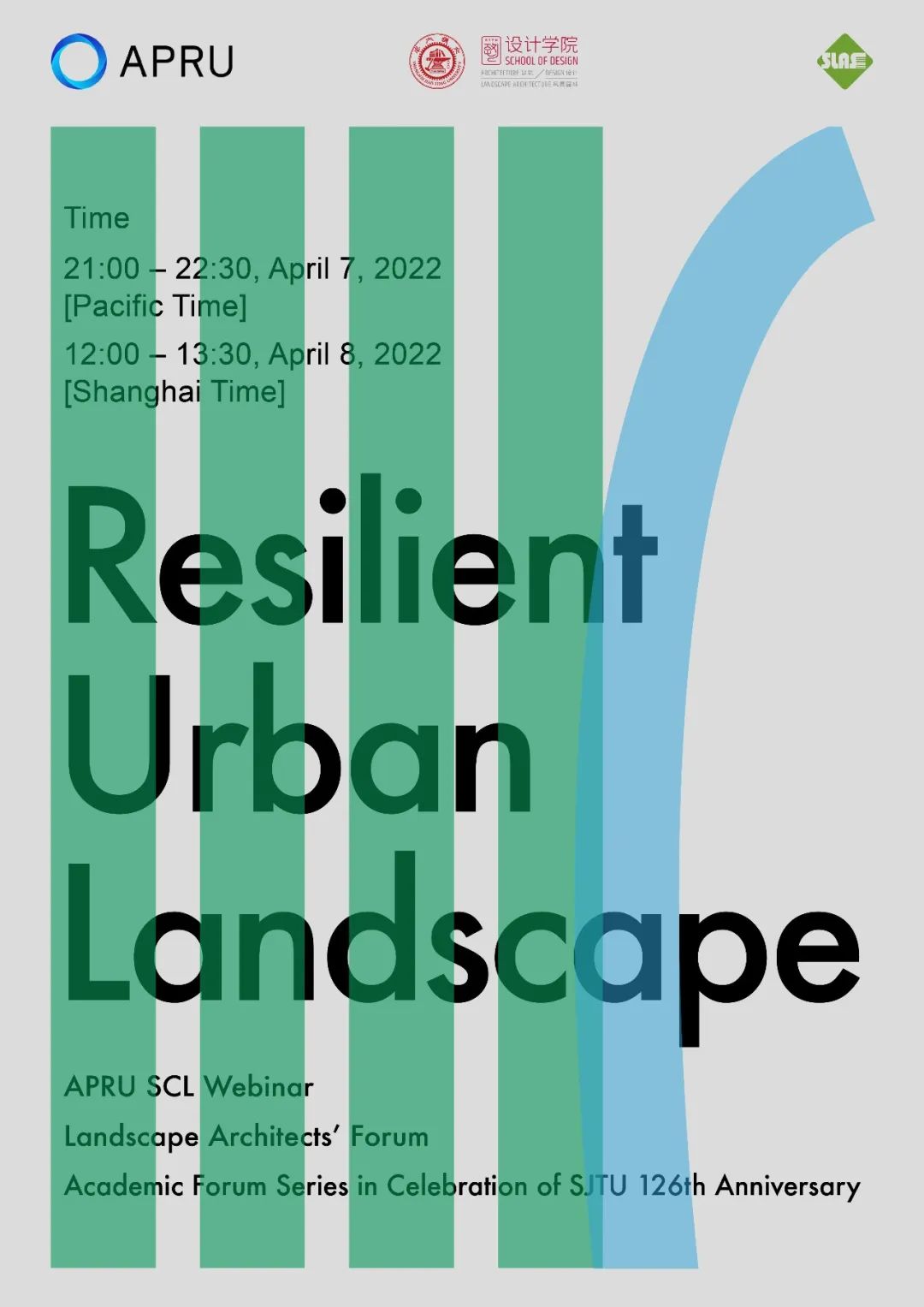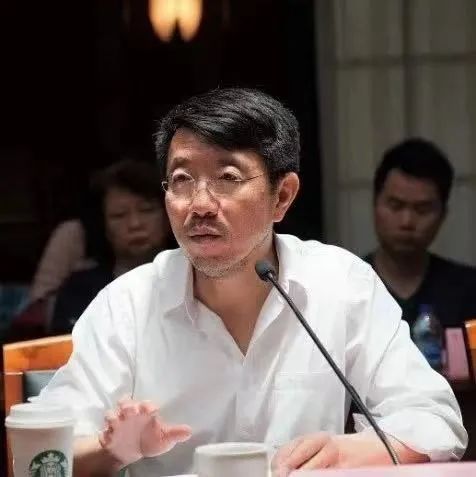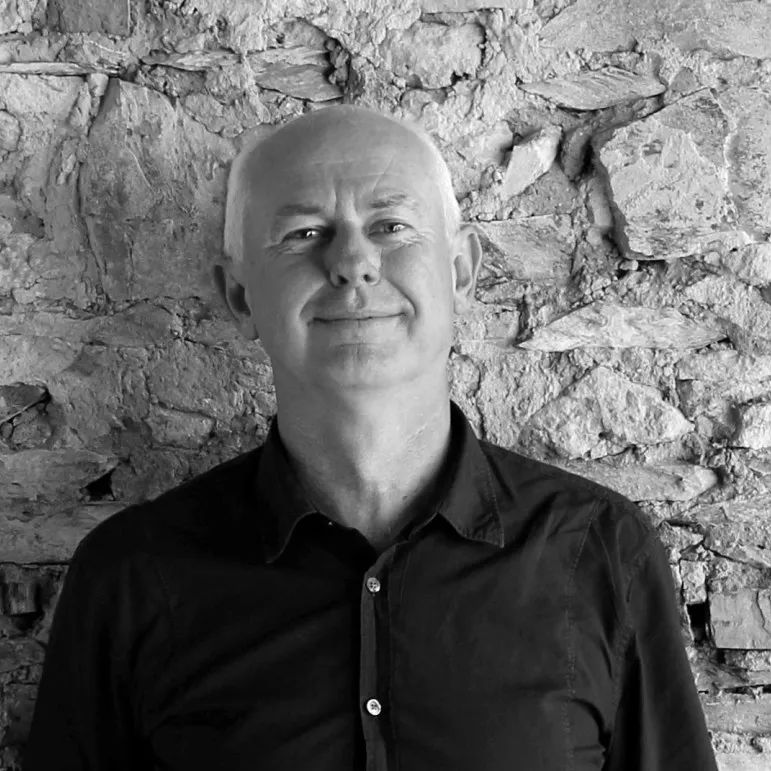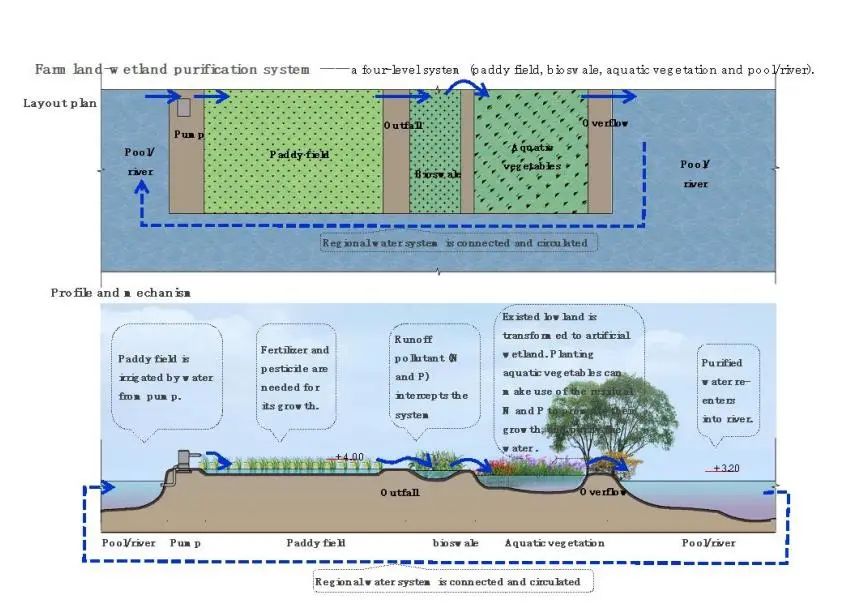
The continuous impact of climate change and the crisis of biodiversity loss have forced global cities to rethink how to build more adaptable and resilient green infrastructure. The core idea of resilient city spatial development is to use multiple-scale planning and design approaches to enhance the stability of urban ecosystems, to promote citizens’ health and well-being, to increase wildlife habitats, and to resist unexpected impinges on the urban environment. Regional scale ecological space planning is as important as plant configuration within private gardens. Resilient urban landscape requires multiple perspective considerations, such as to enroll advanced technologies for spatial identification, evaluation, simulation and management, as well as human and artistic factors in sustaining social cohesion. This webinar is therefore intended to explore the role of spatial planning and design to establish urban open space with climate adaptability, rainwater infiltration and accumulation, and historical and cultural characteristics. Through sharing the research and practical experience in the United States, Australia and China, it will discuss the understanding of respecting nature, humanistic care, technological innovation and artistic creativity in the process of developing resilient cities.
The event is held in celebration of the 126th anniversary of Shanghai Jiao Tong University, as well as a member of APRU. It is intended to align with universities, professional associations and practices to call for global attention to environmental issues such as climate change, biodiversity loss may bring significant influences on urban ecological civilization, and suggests to seek innovative solutions with international perspective and local characteristics through international cooperation and communication.It is also the 14th session of Landscape Architects’ Forum.
Time
2022.4.8
12:00 – 13:30(Beijing Time)
April 8, 2022 @ Shanghai
Zoom meeting requires registration
Please click here for enrollment
https://apru-org.zoom.us/webinar/register/WN_Bp32RYnyRtqj-mb5KfZIcg
or watch livestream on Bilibili

Host
Shanghai Jiao Tong University
The Association of Pacific Rim Universities
Shanghai Landscape Architecture Society
Moderator

RUAN Xing
Dean and Guangqi Chair Professor of Architecture, School of Design, Shanghai Jiao Tong University
Speakers

Bart Johnson
Professor of Landscape Architecture
University of Orgeon
Bart Johnson is a Professor in the Department of Landscape Architecture at the University of Oregon. He is the international steering committee chair for the Sustainable Cities and Landscapes Hub (https://apru-scl.uoregon.edu/) of APRU. He was the lead editor of the 2002 book Ecology and Design: Frameworks for Learning, that brought together landscape architects and ecologists to build bridges between the two disciplines. He was the University of Oregon lead for an international consortium on urban ecology education and has taught ecological design at Tsinghua University in Beijing, China.
Title
Creating and Sustaining Climate-Resilient Cities
Abstract
Proactive response to the climate crisis requires anticipating future change and acting before catastrophe strikes. This talk will explore a framework for adapting cities to rapid climate change through strategies of resistance, resilience and facilitation. Each strategy has benefits and limitations that must be considered across different scales of time and space. To illustrate, some examples that are related to heat waves, flooding, sea-level rise and wildfire will be demonstrated. The strategies that are most likely to create enduring cities, and to be robust against the uncertainties of future climate, are those that harness life’s own evolutionary capacities. This requires us to elevate natural processes to become the backbone of urban design and planning.


James Hayter
IFLA President, Professor of Landscape Architecture, University of Adeleide
James Hayter is the Founding Director of Oxigen, a landscape architecture and urban design practice in Adelaide, South Australia, and currently serves as Professor in Landscape Architecture at the School of Architecture and Built Environment at the University of Adelaide as well as leading his design practice. He also served as president of the International Federation of Landscape Architects (IFLA) since July, 2018. IFLA represents 76 national member associations of landscape architecture worldwide, including the Chinese Society of Landscape Architects (CHSLA).

CHE Shengquan
Professor of Landscap Architecture, Associate Dean of School of Design, Shanghai Jiao Tong University
Che Shengquan, Professor of Landscape Architecture, Associate Dean of School of Design, Shanghai Jiao Tong University (SJTU), Professor of China Institute for Urban Governance, Chinese Director of the Fraunhofer Project Center for Urban Eco-Development and Innovation at Shanghai Jiao Tong University, Director of Sustainable Ecological Design Center, and deputy director of Key Lab in Urban Agriculture of Ministry of Agriculture and Rural Affairs. Main research directions focus on the urban ecosystem services and ecological planning, sponge city and climate adaptive city, ecological restoration design and carbon neutral design.
Title
Design Theory and Case Study of Resilient Landscape in Sponge City
Abstract
Sponge city is a rainwater management strategy proposed by the Chinese government in 2014 on the basis of theories including low impact development, climate adaptive city, eco-city, targeting at the current situation of urban rainwater management in China. It has developed into a technical system and has been demonstrated in 32 cities in China. Sustainable Ecological Design Center of School of Design in SJTU undertook projects on theoretical and technical research on the planning and design of resilient landscapes in the sponge cities of Shanghai and the Yangtze River Delta, and formed the corresponding design index system and design models. They are the infiltration and accumulation capacity of rainwater in Shanghai's green space and the green space occupancy rate of sponge facilities, main functions and indicators of Shanghai's sponge city, local design patterns and design parameters of raingardens, bioswales and roof gardens, etc., and the rainwater interception and storage capacities and indicators of landscape plants. The technology is applied in: Sponge City Demonstration Zone in Lingang New City of Shanghai, Rural Wetland Park Design in Changshu, Jiangsu, Riparian Landscape Ecological Conservation Planning and Design in the Dianshan Lake of Qingpu District, Shanghai.

Source:Shanghai Jiao Tong University School of Design
Writer:Mo Fei, Chen siyi
Review: Mo Fei, Du Shuai
Editor:Xu Chang

